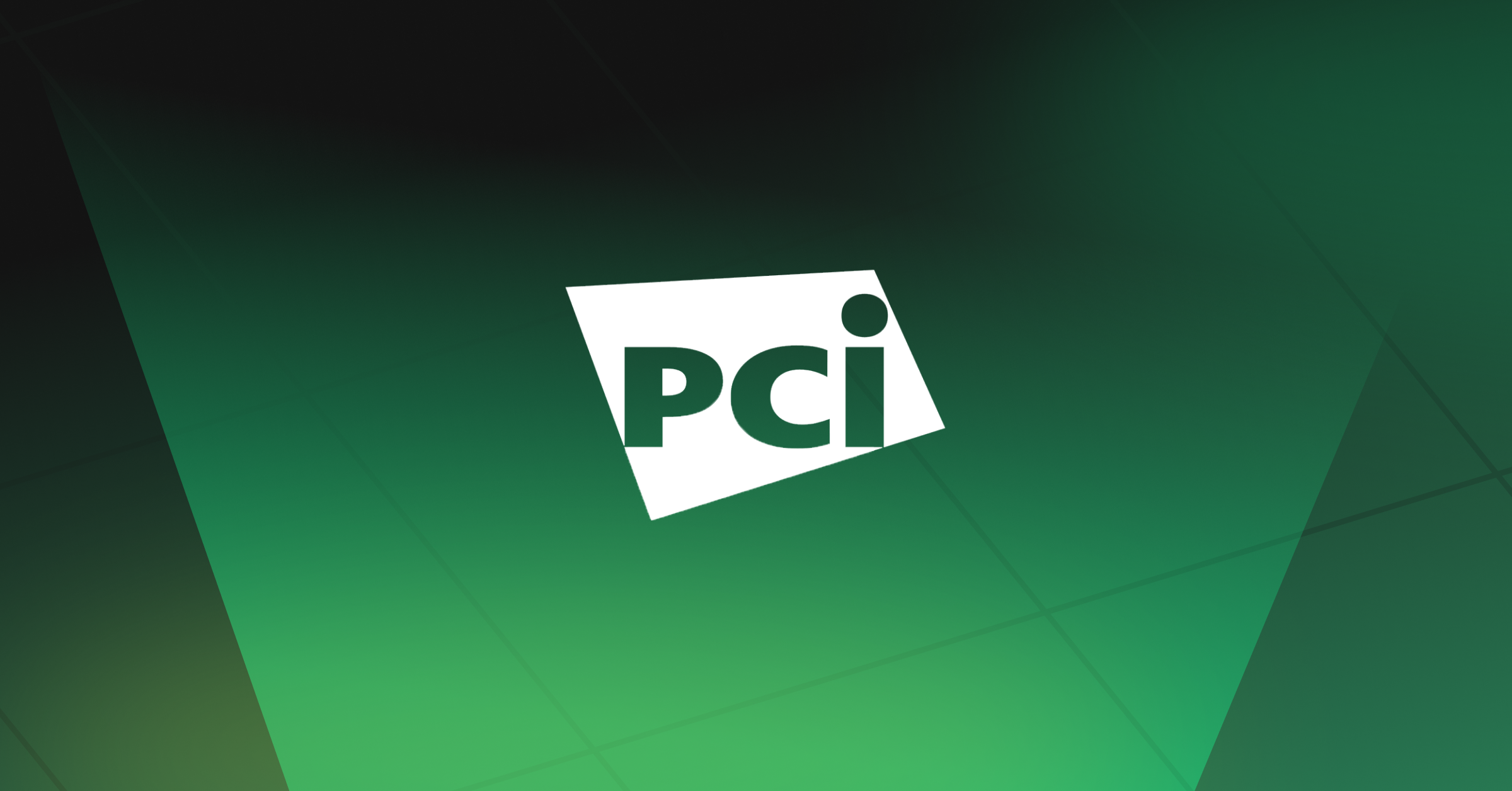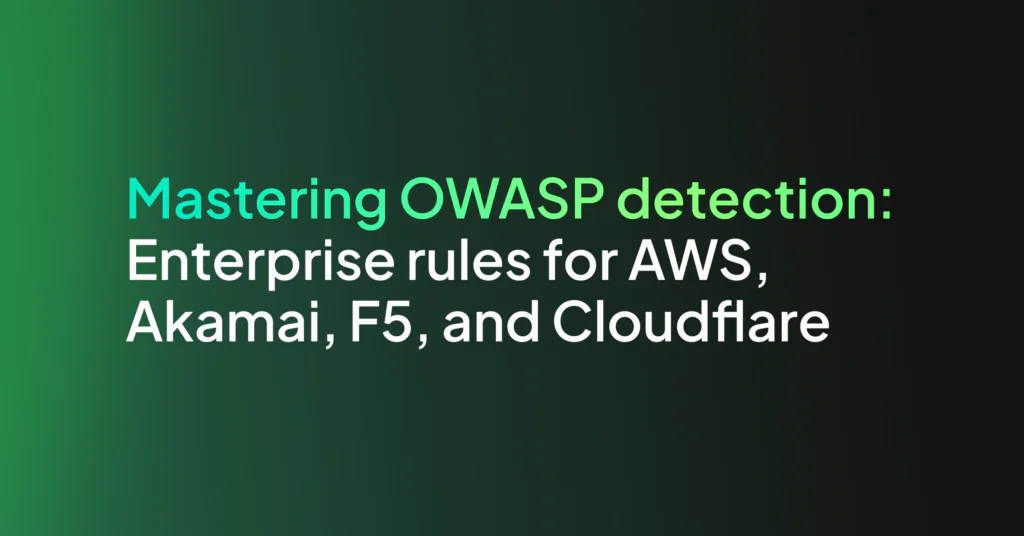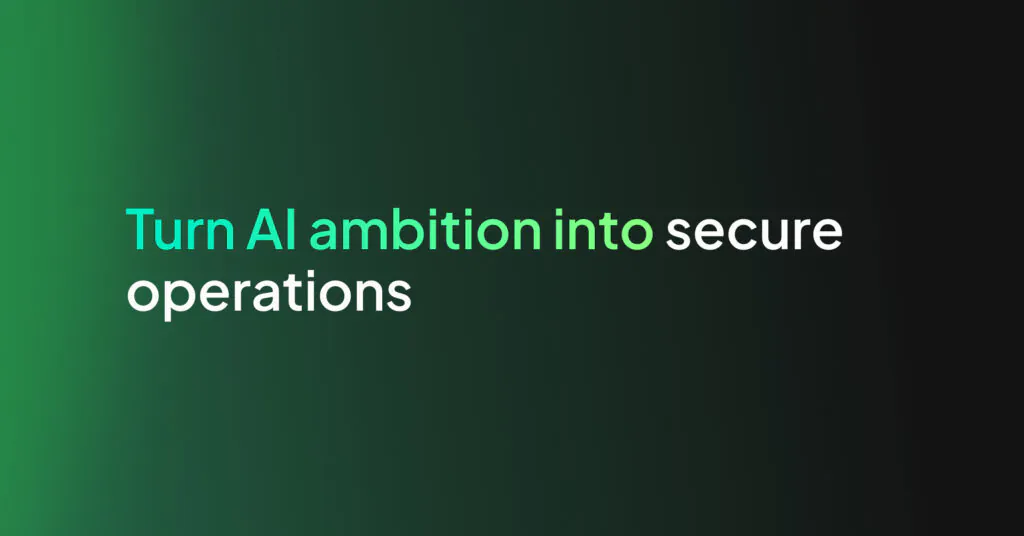PCI DSS compliance with SIEM, CSPM and MxDR

In a world where increasing numbers of transactions are done online, compliance with PCI DSS (Payment Card Industry Data Security Standard) is crucial. However, with more organizations turning to cloud-based service providers such as AWS, Azure or GCP, ensuring that payment data is kept completely secure is becoming more challenging.
Let’s take a look at PCI DSS and its core requirements as well as how they can all be addressed with the proper implementation of SIEM and CSPM by an experienced MDR provider.
Understanding PCI DSS
PCI DSS is a set of security and compliance requirements designed to ensure the safe handling of payment card data. Developed by the PCI Security Standards Council, it applies to all organizations that store, process, or transmit cardholder data.
The standard has 12 core requirements grouped into 6 different categories, which include:
Build and Maintain a Secure Network
- Install and maintain a firewall configuration to protect cardholder data
- Do not use vendor-supplied defaults for system passwords and other security parameters
Protect Cardholder Data
- Protect stored cardholder data
- Encrypt transmission of cardholder data across open, public networks
Maintain a Vulnerability Management Program
- Protect all systems against malware and regularly update antivirus software or programs
- Develop and maintain secure systems and applications
Implement Strong Access Control Measures
- Restrict access to cardholder data by business need-to-know
- Assign a unique ID to each person with computer access
- Restrict physical access to cardholder data
Regularly Monitor and Test Networks
- Track and monitor all access to network resources and cardholder data
- Regularly test security systems and processes
Maintain an Information Security Policy
- Maintain a policy that addresses information security for all personnel
SIEM, CSPM, SOC, MDR and PCI DSS
Yes. That’s a lot of acronyms, but they all play a critical role in keeping your credit card data secure in the cloud.
SIEM (Security Information and Event Management) systems alert businesses of potential security threats, therefore helping the organizations to avoid breaches and maintain compliance with industry standards such as the PCI DSS.
In the cloud, SIEM is particularly crucial in obtaining security logs for any suspicious activities and analyzing the information collected. CSPM (Cloud Security Posture Management) solutions assist businesses in monitoring their cloud network’s security posture to assure they are proactive in maintaining compliance with PCI DSS and other data security standards.
With the increasing number of businesses transferring their operations and data to the cloud, a SOC (Security Operations Center), typically an internal team of trained security analysts who are charged with identifying and responding to any security threats, has become indispensable for PCI DSS compliance.
CSPM (Cloud Security Posture Management) has become an essential aspect of maintaining a strong security posture in the era of widespread cloud adoption. As companies continue to move their operations to the cloud, ensuring that their configurations align with security best practices and compliance standards becomes critical. With the introduction of solutions like Coralogix, organizations can now assess their cloud environments and gain valuable insights into potential security risks while achieving regulatory compliance such as PCI-DSS.
As it sometimes is not feasible to build an internal SOC due to lack of experienced security professionals, MDR (Managed Detection and Remediation) offerings, essentially an outsourced version of SOC, have become popular. This is where Coralogix MxDR comes into the picture, helping our customers holistically manage all their security needs and meet the most critical requirements of PCI DSS.
Let’s take a look at how all these come together in ensuring full compliance with PCI DSS requirements.
PCI DSS compliance with Coralogix MDR
When it comes to best practices for adhering to PCI DSS requirements, Snowbit, Coralogix’s MDR aligns perfectly. Let’s showcase how we do this for various PCI DSS requirements:
Requirement 6 – Develop and maintain secure systems and applications
Coralogix MDR’s continuous monitoring and expert services helps in identifying and mitigating vulnerabilities in systems and applications on an ongoing basis, which is crucial for maintaining security patches and configurations as required by PCI DSS.
Requirement 10 and 11 – Regularly monitor and test networks
The 24/7 monitoring services provided by Coralogix MDR align well with the need for regular monitoring and testing of networks to identify any unauthorized access or vulnerabilities. This is critical for compliance with the logging and monitoring requirements of PCI DSS.
Requirement 12 – Maintain an information security policy
While Coralogix MDR itself may not create policies, its tools and services can support the enforcement and management of an organization’s information security policy, especially in aspects related to cloud security governance and operational practices.
Harnessing Coralogix CSPM for Enhanced PCI DSS Compliance in Cloud Environments
CSPM plays a crucial role in maintaining a robust security posture in the cloud. Coralogix CSPM’s agent-based solution assesses cloud infrastructure and ensures compliance with standards like PCI-DSS. Leveraging advanced analytics and automation to continuously monitor and manage the security posture of cloud environments, Coralogix CSPM is essential for organizations using cloud services, like AWS, to protect their customers’ credit card data. Here is how:
Requirement 1 – Install and maintain network security controls
Coralogix CSPM automatically detects and alerts on misconfigurations or deviations from security best practices in network setups, helping to maintain robust firewall and other network security protocols essential for PCI DSS compliance.
Requirement 3 – Protect stored cardholder data
The tool ensures that data storage configurations comply with encryption requirements for stored data, offering visibility and remediation paths for non-compliant data storage practices.
Requirement 7 – Restrict access to cardholder data by business need to know
Through effective monitoring and configurations, Coralogix CSPM helps enforce strict access controls and policies, ensuring only authorized access to sensitive data.
Requirement 10 – Track and monitor all access to network resources and cardholder data
Coralogix CSPM provides comprehensive logging and monitoring capabilities that ensure all access and interactions with network resources are logged and auditable, in line with PCI DSS requirements.
Enhancing PCI DSS Compliance with Coralogix SIEM Detection Rules
In the realm of payment security, aligning with the Payment Card Industry Data Security Standard (PCI DSS) isn’t just a regulatory requirement; it’s a cornerstone of trust between businesses and their customers. To effectively meet and maintain PCI DSS compliance, organizations must ensure that they have robust mechanisms for detecting potential security threats. This is where Coralogix, with its sophisticated detection rules, becomes an indispensable tool for businesses leveraging cloud environments.
Requirement 10 – Monitoring and Protecting Cardholder Data
Coralogix SIEM can detect and alert on unauthorized attempts to access or delete data catalogs in Amazon Athena, as seen with rules like “Amazon Athena – Data catalog deletion detected.” Such rules ensure that all access to network resources and cardholder data is tracked, logged, and analyzed, which is pivotal for spotting potential data breaches or compliance lapses.
Requirement 6 – Develop and Maintain Secure Systems
Rules such as “AWS WAF – Potential SQL Injection Attack” demonstrate Coralogix’s ability to identify and mitigate common vulnerabilities like SQL injection attacks. By deploying such detection rules, organizations can defend their systems against exploits that target application weaknesses, thus maintaining the integrity and security of their systems and applications.
Requirement 7 – Implement Strong Access Control Measures
With detection rules like “AWS CloudTrail – Root Account Activity Detected,” Coralogix aids in monitoring and controlling access to system information and operations. Monitoring root account activities ensures that only authorized personnel have access to sensitive data and system configurations, which is crucial for preventing unauthorized data access and potential breaches.
Here are some detection rules that Coralogix offers with our out-of–the-box integrations and quick start extensions:
| Detection Rule Examples | PCI DSS Requirement | Description |
| Amazon Athena – Data catalog deletion detected | Requirement 10 | Track and monitor all access to network resources and cardholder data by logging and alerting on deletions. |
| Amazon CloudWatch – A log group has been deleted | Requirement 10 | Monitor and track user activities that could affect the integrity and availability of audit logs. |
| Amazon DynamoDB – Multiple tables created | Requirement 6 | Ensure that system security parameters are properly maintained and monitored. |
| Amazon S3 – Bucket Policy Has Been Made Public | Requirement 2 | Do not use vendor-supplied defaults for system security parameters, ensure secure configurations are maintained. |
| Amazon RDS – MariaDB – DROP Statement Executed | Requirement 6 | Develop and maintain secure systems and applications by monitoring and logging database operations. |
| AWS CloudTrail – Root Account Activity Detected | Requirement 10 | Track and monitor all access to network resources and cardholder data, including monitoring root account activities. |
| AWS WAF – Potential SQL Injection Attack | Requirement 6 | Develop and maintain secure systems and applications by preventing SQL injection and other attacks via a WAF. |
| AWS API Gateway – API gateway deleted | Requirement 10 | Ensure the integrity of critical system-level operations by monitoring deletions of API gateways. |
| AWS Lambda – Function was deleted | Requirement 10 | Log and alert function deletions within AWS Lambda to ensure integrity and security. |
| Amazon Cognito – An identity pool deletion detected | Requirement 10 | Monitor and alert on deletions of identity pools in Amazon Cognito, ensuring secure management of authentication. |
Summary
To get PCI DSS standards compliant in cloud environments, using sophisticated technology deployment together with proactive security methodology needs to be the strategy. Solutions with the capabilities to discover, log, and monitor threats, such as Coralogix SIEM and CSPM have been the main tools to defend sensitive cardholder data. To make sure our mission is fulfilled, Snowbit, Coralogix’s MDR helps in the design of systems and software that are fully compliant with standards. Ensuring compliance with PCI DSS requirements entails a synchronization of the technologies and tactics used, so that the companies’ customer data security is guaranteed.




